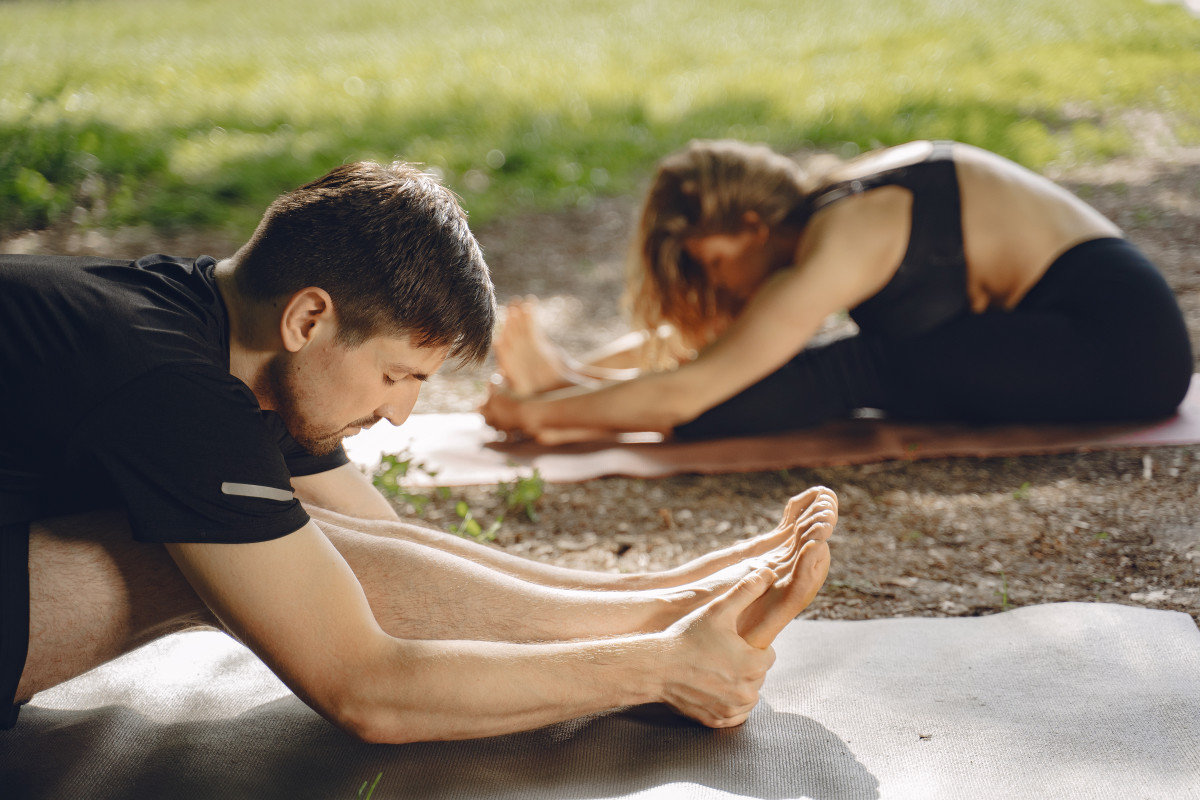Introduction
In the pursuit of a healthy and fulfilling life, a holistic fitness approach emerges as a guiding principle. Beyond the conventional focus on physical exercise, holistic fitness encapsulates the interconnectedness of mind, body, and spirit. In this comprehensive guide, we’ll explore the multifaceted aspects of the holistic fitness approach, delving into physical activity, mental wellness, spiritual connection, and lifestyle choices that collectively contribute to optimal well-being.
Section 1: Understanding Holistic Fitness
- **Defining Holistic
Fitness:** Establish a clear understanding of what holistic fitness entails, emphasizing its departure from isolated physical training to a more comprehensive approach that addresses mental and spiritual aspects.
- The Interconnectedness Principle: Discuss how the holistic fitness approach recognizes the symbiotic relationship between mind, body, and spirit, highlighting the need for balance and harmony.
Section 2: Physical Fitness in the Holistic Approach
- Foundations of Physical Well-being: Explore how traditional fitness elements, including strength training, cardiovascular exercise, and flexibility, contribute to the physical aspect of holistic fitness.
- Mindful Movement Practices: Introduce the concept of mindful exercises such as yoga and tai chi, emphasizing their role in connecting the mind and body.
Section 3: Mental Wellness and Holistic Fitness
- Stress Reduction Techniques: Discuss the impact of stress on overall well-being and introduce stress reduction techniques, including meditation, mindfulness, and relaxation exercises.
- Cognitive Fitness: Explore activities that promote cognitive health, such as brain games, puzzles, and mindfulness practices that enhance mental clarity and focus.
Section 4: Spiritual Connection and Holistic Fitness
- The Role of Spirituality: Delve into the significance of spiritual well-being in the holistic fitness approach, emphasizing its diverse expressions, including meditation, prayer, or connection with nature.
- Mindfulness in Everyday Life: Discuss how cultivating mindfulness in daily activities fosters a spiritual connection, promoting a sense of presence and purpose.
Section 5: Holistic Nutrition and Dietary Choices
- Nourishing the Body: Explore the importance of a balanced and nutritious diet in holistic fitness, including the incorporation of whole foods, mindful eating practices, and hydration.
- Plant-Based Nutrition: Discuss the benefits of a plant-based diet in promoting not only physical health but also environmental sustainability, aligning with the holistic approach.
Section 6: Lifestyle Choices for Holistic Well-being
- Quality Sleep: Discuss the role of adequate and restful sleep in holistic fitness, addressing its impact on physical recovery, mental acuity, and emotional balance.
- Social Connections: Explore the significance of meaningful social connections in promoting holistic well-being, highlighting the impact of positive relationships on mental and emotional health.
Section 7: Holistic Fitness and Emotional Balance
- Emotional Intelligence Practices: Discuss the importance of emotional intelligence in holistic fitness, introducing practices such as journaling, self-reflection, and emotional regulation techniques.
- Expressive Arts Therapy: Explore the role of expressive arts, including music, art, and dance, in promoting emotional expression and balance within the holistic fitness framework.
Section 8: Real-Life Stories of Transformation through Holistic Fitness
Feature personal accounts of individuals who have embraced the holistic fitness approach, sharing their transformative journeys encompassing physical, mental, and spiritual well-being.
Section 9: Integrating Technology into Holistic Fitness
- Mindfulness and Meditation Apps: Discuss the availability of technology that supports holistic fitness, including apps for mindfulness, meditation, and mental wellness.
- Fitness Trackers for Holistic Well-being: Explore how wearable technology can assist individuals in monitoring not only physical activity but also sleep patterns and stress levels for a comprehensive approach.
Section 10: Holistic Fitness for Different Life Stages
- Holistic Fitness for Children and Teens: Discuss age-appropriate holistic fitness practices for young individuals, emphasizing the development of healthy habits from an early age.
- Holistic Fitness in Aging: Explore considerations and practices for embracing holistic fitness as individuals age, including exercises for mobility, cognitive health, and emotional resilience.
Section 11: The Future of Holistic Fitness
Discuss emerging trends and innovations in the realm of holistic fitness, including advancements in personalized wellness programs, virtual reality experiences, and integrative health approaches.
Conclusion
Summarize the key takeaways, emphasizing that the holistic fitness approach is a dynamic and inclusive philosophy that addresses the entirety of one’s well-being. Encourage readers to explore and tailor the holistic fitness principles to their unique lives for a more balanced, fulfilling, and resilient existence.
Discover more from Pilates All Ages
Subscribe to get the latest posts sent to your email.
